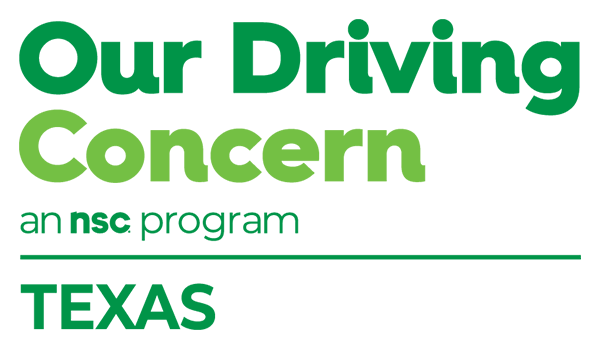Safety Coach
Step Up to the Challenge
On Saturday, Feb. 4, more than 1 million people across America – including those at Victoria College and University of Houston-Victoria campuses – will participate in the American Heart Association Crossroads Heart & Stroke Walk. Why not encourage employees at your organization to get involved?
Another way to promote fitness and take the first steps toward saving lives is to launch your own companywide walking challenge. Consider offering rewards to those who rack up the most steps. Be sure to share pedestrian safety tips such as these during a kickoff event or on your intranet safety page:
- When walking, always use sidewalks and crosswalks. This is where drivers expect pedestrians to be, not darting out into traffic or crossing between parked cars.
- Obey all traffic signs and signals. Look both ways before crossing and make eye contact with motorists as they near intersections. Never jaywalk.
- Be visible to drivers. Wear bright and/or reflective clothing, especially at night. Also, try to stay in well-lit areas and/or use a flashlight.
- Avoid alcohol and other drugs, which cause drowsiness, impair judgment and impact coordination – all huge risks for both driving and walking.
Pedestrian crash injuries and fatalities are on the rise. In fact, 5,366 crashes involved pedestrians in Texas in 2021, according to the Texas Department of Transportation. That’s nearly 15 pedestrian-related crashes every day. More than 800 people died, a year-over-year increase of 15%. Another 1,400 were seriously injured.
How many were friends or coworkers? By sharing safety information at your workplace, you can help save lives on and off the job.
Get TxDOT videos and printed materials to help raise awareness of pedestrian safety risks. Or, let us help you shape new safe behaviors during your walking challenge. We offer these free resources on our website:
- Use our interactive pedestrian safety quiz to test employee knowledge
- Download, print and display a set of four pedestrian safety posters
- Get safety huddles, safety coach cards and infographics to aid in teaching
- Watch/share: Parking Lots, Hot Cars and Distraction
Be the one who helps friends and coworkers lead longer, healthier lives.

Tailgate Talk
Plot to Be Safer
When you were young and an inexperienced driver, chances are your mom or dad taught you to check weather conditions and map your route before setting out on a journey. Did you know you were learning about journey management?
In the workplace, journey management is a process for planning transport. Many long-haulers and fleet drivers use this process regularly to ensure compliance with HSSE regulations (health, safety, security and environment). The goal is twofold: keep drivers safe and maximize efficiency. Journey management might lead to scheduling deliveries during low traffic volume or rerouting truckers to avoid congestion during peak construction season.
Could your team benefit from a review of journey management principles and procedures? Get them started with free e-learning on our website. Check out one of our newest offerings, Journey Management Planning. After employees create an account in the learning portal, they can access the free 20-minute course, which presents several scenarios that contrast best practices and poor planning.
Many practical examples highlight the benefits of journey management across a wide variety of workplace environments and personal driving experiences, including:
- The store employee who picks up lunch for coworkers
- The salesperson who travels to sales meetings
- The bartender who deposits the weekend’s cash at the bank for his restaurant employer
After completing the course, students take a 10-question quiz and earn a certificate of completion by achieving 80% or better. They are allowed two tries to pass the quiz. Annual retakes of this course are recommended.
Every trip involves risk and liability, but planning for safety on the roads is really no different than planning for a healthy lifestyle, a successful day on the job or financial security in retirement. You learn best practices and stick to what works. When you implement procedures to prevent incidents on the road, you create safe habits.
Sound familiar? You might want to thank your mom or dad.

